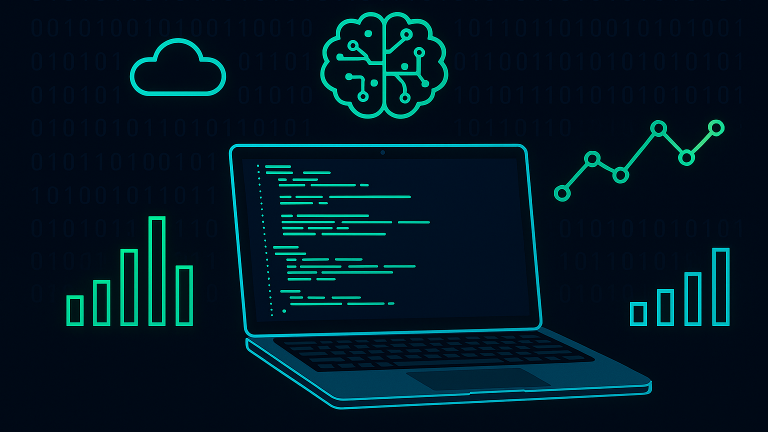Why would I assing my research data to the Research Data Archive?
Archiving research data allows you to meet the obligations of funders and university data policies to keep your data open - even when open access is not possible. It is also possible to archive data containing personal data, which can be used for other research purposes and can be combined on the basis of personal data. Otherwise, material containing personal data must be destroyed or deleted when the original purpose of the research has ended. At the same time, the responsibility for data protection of the data is transferred to the research data archive.
The archiving of the data will also ensure the permanent preservation of the research data. The service promises of different data publishing services vary from a few years to a few decades. Archiving, on the other hand, is a permanent service provided by the CSC's long-term preservation service, which ensures that digital material remains usable for centuries.
In addition, the use of archived material for new studies always involves the original authors of the material.
With the archive taking care of the preservation of the material, the burden and cost of preservation is removed from the shoulders of the researcher or his/her institution.
The archiving of the research data indicates the significance of your research. The National Archives has ordered JYU to permanently preserve the research data of all significant studies. In other words, this also means an obligation to archive the research data.
What kind of material can be archived in the Research Data Archive?
In principle, any digital research data that is identified as significant in the valuation can be deposited in the research data archives. In practice, the first phase of the research data archive will focus on data containing personal data that are at risk of being lost later on. Later on, the intention is to extend the archiving to all significant research data.
The quality, format and content of the data will all affect the possibilities for archiving. These will be considered in the valuation.
What is meant by the valuation of research data?
According to the National Archives' valuation guidelines, the valuation should include (1) a mission analysis, (2) an information value analysis, (3) a data format analysis and (4) a cost factor analysis. These different dimensions must be assessed together and in relation to each other. In addition, the barriers to preservation must be assessed.
From the point of view of mission analysis, research is a core activity of the university and is therefore inherently important. In some cases, a more detailed assessment of the overall social or scientific relevance of the research may be necessary.
The analysis of information value considers the uniqueness, completeness, quality, coherence, comprehensibility of the data content. Other uses of the data may also be assessed.
Data format analysis considers whether the information is in a usable and data format enables long-term preservation of the data.
The cost factor analysis looks at the cost of archiving.
In the end, the valuation is always an overall assessment. It is of course possible to obtain such a clear result for each dimension of the valuation that the estimate is positive in principle, but often the estimates for the different dimensions can pull in different directions.
What can be obstacles to archiving?
Research subjects should be informed about the archiving of data. If the information is not provided at the outset and re-information is not possible, archiving is unlikely to be successful. The possibility of re-information will be examined on a case-by-case basis.
Copyright issues may also be an obstacle. The rights of third parties cannot be infringed by archiving material and thus making it available. The same applies where the research data has been promised to be destroyed at the end of the research.
Unclear ownership of the material and/or the refusal of other owners to archive it also prevents this.
Anonymous publication or archiving with personal data?
The answer requires case-by-case consideration. On the one hand, the obligation to minimise personal data must be taken into account, but at the same time the role of personal data in the further use of the data must be considered. If personal data play a significant role in the analysis of the data or in their further use, archiving by means of identification is recommended. If the usability of the data is at the same level as anonymisation, anonymisation should be carried out. Anonymised data can be made openly available, for example on JYX or in the Data Archive. At a later stage, published anonymised data can also be archived to fulfil the archiving obligation.




